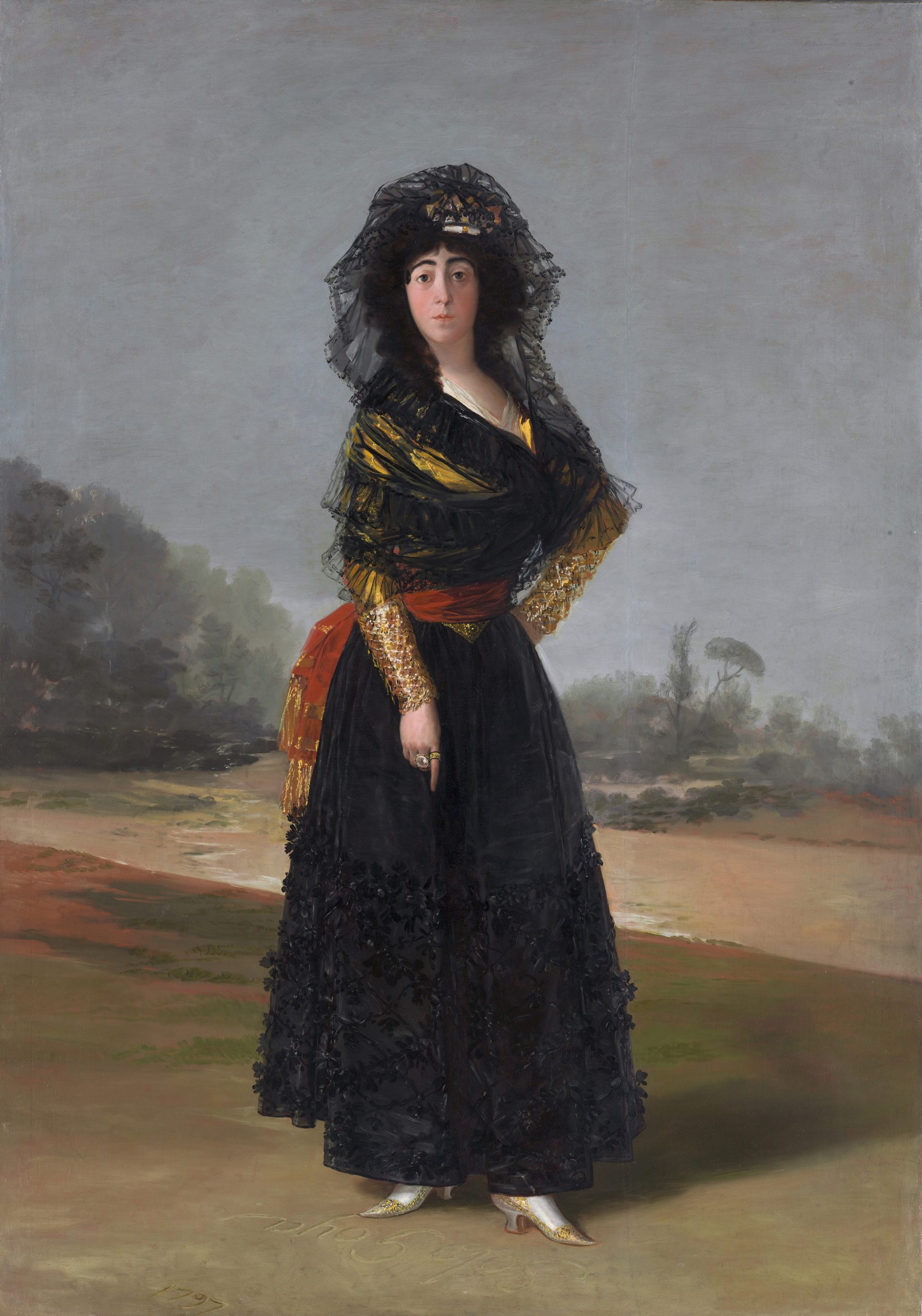To mark the 200th anniversary of the death of Francisco Goya (1746–1828), New York’s Hispanic Society Museum and Library is opening a new Goya Research Center dedicated to the Spanish artist in its library reading room.
The new initiative is led by the club’s director, Guillaume Kientz, an artist expert who previously worked for nine years as a curator of Spanish and Latin American art at the Louvre in Paris. (The Hispanic Society is dedicated to the arts and cultures of Spanish and Portuguese-speaking countries.)
Kientz believes that Goya currently holds little scholarly interest, especially given the artist’s status and his ubiquity in US collections.
“We can count about 70 Goya paintings in American museums and numerous drawings and endless prints,” he told me. “And we’re talking about someone on the level of Leonardo da Vinci or Michelangelo or Rembrandt. We’re just a handful of scholars interested in Goya’s work. Compared to the importance of the artist, it’s almost shocking.
The Hispanic Society of America is building on Audubon Terrace in Washington Heights, New York. Photo: Asaavedra32, Creative Commons Attribution-NonCommercial-ShareAlike 3.0 Non-Transferable License.
It is hoped that the research center will be able to utilize Goya’s works owned by the Hispanic Society: four paintings, 13 drawings and approximately 800 prints. But it is also a central place for different museums, researchers and other institutions to share new discoveries and tell about the artist’s life and work.
Kientz expects one area the research center will focus its energies on is provenance. The other is works with controversial labels – works that may have been depreciated in the eyes of experts since the publication of the Goya catalog raisonné in the 1970s.
The Hispanic Society, for example, owns paintings that are no longer believed to be artist autographs, but are ripe for reevaluation.
“We’re not the only museum or collection in this situation,” Kientz said. “So it would be very interesting, insightful and useful for us to get together and think about these cases, compare the existing technical analysis and move forward together – it will be a very interesting discussion!”
As a first step, the research center has established a Goya Research Committee, which will hold its first meeting this month. Its members include New York-based museum professionals and scholars, including Dorothy Mahon of the Metropolitan Museum of Art, John Marciari of the Morgan Library and Museum, Xavier F. Salomon of the Frick Collection, and Lisa Small of the Brooklyn Museum.
In the long term, the goal of the research center is to implement the Goya program and exhibitions, as well as to produce books and online publications about the artist’s findings. It also creates a grant program for Goya scholars and organizes an annual symposium. The annual budget is $200,000.
“There’s still a lot to explore, and a new generation of Goya scholars is needed,” Kientz said, noting that the current crop of experts is “getting older—I mean no disrespect by saying that, but we have to think about the future. It’s important that we make sure the new generation is interested of Goya studies and keeps the scholarship alive, not only for the benefit of Goya research, but also for the pleasure and education of the public.
Follow Artnet’s news on Facebook:
Do you want to stay ahead of the art world? Subscribe to our newsletter to get the latest news, eye-opening interviews and sharp critiques that move the conversation forward.

